Retro Replay Review
Gameplay
Alien: Resurrection delivers a classic first-person shooter experience rooted deeply in the franchise’s signature tension. Players advance through the derelict corridors of the USM Auriga with limited ammunition and scarce health resources, creating a palpable sense of dread around every corner. The game’s pacing oscillates between frantic firefights against alien hordes and methodical exploration, forcing you to choose when to rush in and when to conserve your firepower.
A unique element of the gameplay is the enforced character rotation: at each level transition, you assume the role of one of four protagonists—Ripley, Call, DiStephano or Christie—each boasting a specialized loadout. Call’s motion tracker helps you pinpoint ambushes, Christie’s twin pistols offer rapid suppressive fire, DiStephano brings heavy ordinance to the table, and Ripley combines resilience with devastating weaponry. This swapping mechanic prevents button-mashing fatigue and encourages you to adapt tactics to each character’s strengths.
Beyond standard run-and-gun mechanics, levels are punctuated by environmental puzzles and hazard zones that require you to activate power switches or reroute ship systems. Whether you’re restoring gravity, overriding sealed bulkheads or navigating through toxic vents, these detours add an extra layer of engagement and keep the gameplay loop feeling varied. Occasional stealth segments, where the aliens leverage the 3-D architecture to stalk you from above or behind, underscore the importance of sound cues and cautious movement.
Graphics
Alien: Resurrection’s engine was ahead of its time in faithfully rendering the claustrophobic steel corridors and shadowy maintenance shafts of the Auriga. True 3-D geometry lets you look up and down, climb ladders, and peer through stacked rooms, creating dynamic sightlines for both players and AI-controlled enemies. Lighting is handled with flair—flickering fixtures, emergency strobes and the glow of control panels all contribute to an oppressive, paranoid atmosphere.
The xenomorph models themselves are a visual highlight. Their sinewy, biomechanical forms slither along walls and ceilings, offering unsettling viewpoints before they drop or leap at you. Animations of the creatures bursting through wall panels or silhouetted in backlit passageways evoke the terror of the films. Textures on your weapons, characters and environmental props remain crisp, though occasional repeated tile patterns on floors and grates betray the era’s hardware constraints.
Cinematic scripting integrates seamlessly with the engine, staging ambush sequences and setpiece chases that mirror scenes from the movie. Watching an alien pursue a panicked scientist through a twisty corridor—complete with dramatic camera pans—is a testament to the game’s ambition. Though some scripted events trigger the same way as each playthrough, well-timed sound design and haptic feedback can still make these moments heart-stopping when you least expect them.
Story
Picking up two centuries after Alien³, Resurrection’s narrative expands the saga by cloning Ripley to harvest the deadly alien queen growing inside her. Military scientists aboard the Auriga view the xenomorph as the ultimate bio-weapon, setting the stage for moral quandaries and corporate-style exploitation reminiscent of the Weyland-Yutani “Company.” When the aliens break free, the plot pivots from cold scientific curiosity to desperate survival—echoing the franchise’s core themes.
Dialogue and character interactions are conveyed through in-engine cutscenes and voiced sequences that capture the tension between Ripley and her reluctant allies. Ripley’s gruff determination and flashes of self-awareness (as she grapples with her hybrid DNA) stand in stark contrast to the military brass and opportunistic scientists who treat human lives as expendable. Though some secondary characters fall into archetypal roles, their banter injects humor and humanity into the high-stakes scenario.
Pacing is generally strong: exposition unfolds during quieter exploration phases, while story beats accelerate in response to major shipwide threats. After clearing a sector of aliens, you might uncover a research log hinting at a darker experiment, only to be interrupted by a rapid-fire escape sequence. This ebb and flow maintains narrative momentum, albeit with occasional leaps in logic that require a forgiving suspension of disbelief typical of sci-fi horror adventures.
Overall Experience
Alien: Resurrection succeeds in translating the franchise’s moody ambience and visceral scares into interactive form. Its combination of claustrophobic level design, scarce resources and opportunistic alien AI delivers a sustained adrenaline rush for horror-FPS fans. The stitching together of multiple perspectives keeps the gameplay from growing stale, and each character’s toolkit shines in suitably tailored scenarios.
However, the game isn’t without its rough edges. The linear level structure can feel constrictive if you’re accustomed to open-ended shooters, and some puzzles rely on pixel-hunt solutions or obscure switch placements. On higher difficulties, the unforgiving ammo scarcity and health pacing can tip from tense to frustrating, demanding frequent saves and conservative playstyles.
Despite these flaws, Resurrection remains a compelling experience for those seeking an action-driven journey through the Alien universe. Its graphical achievements, memorable scripted encounters and faithful nods to the film’s atmosphere make it a must-play for series enthusiasts and a worthwhile exploration of survival horror for newcomers willing to embrace its period-specific design.
 Retro Replay Retro Replay gaming reviews, news, emulation, geek stuff and more!
Retro Replay Retro Replay gaming reviews, news, emulation, geek stuff and more!
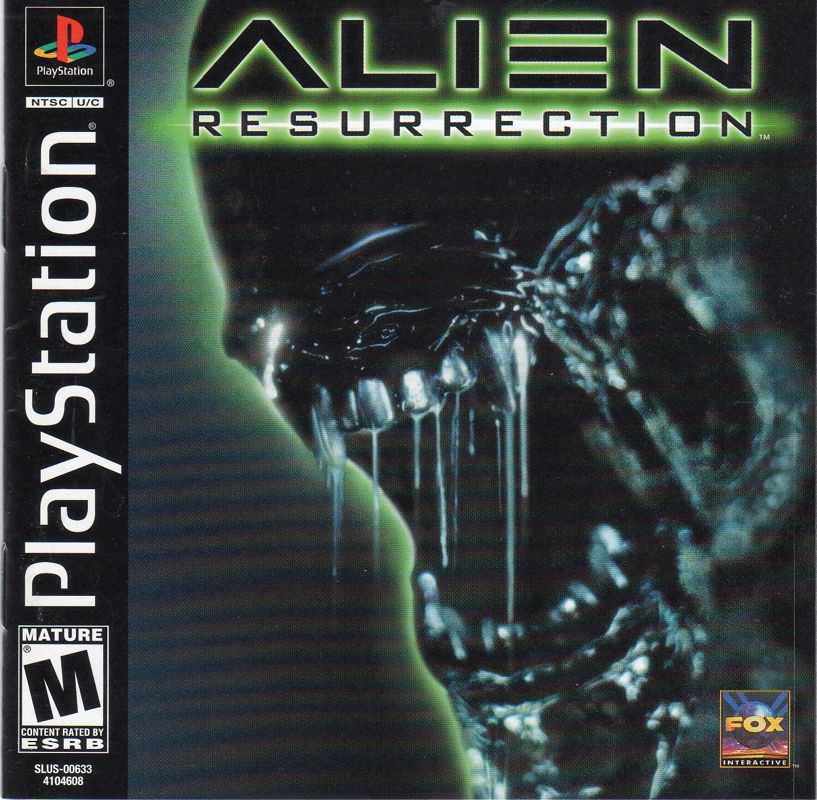
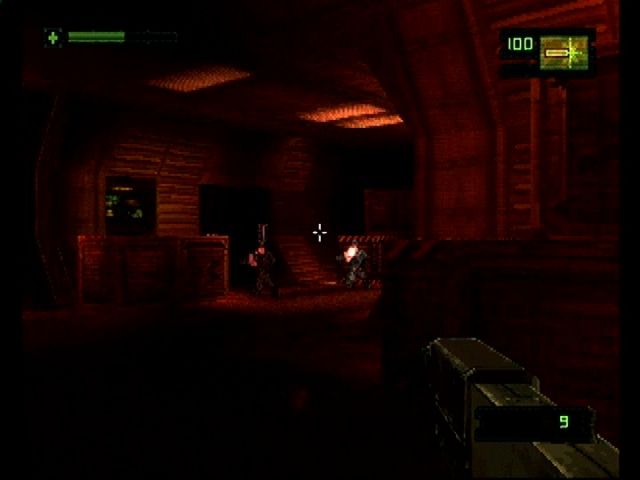
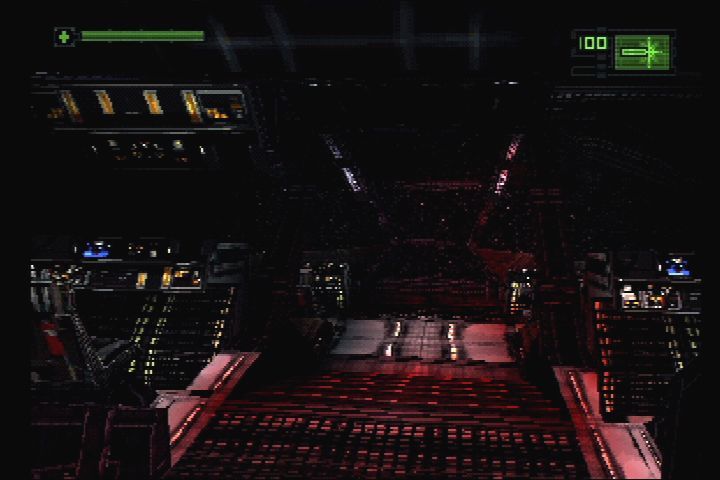

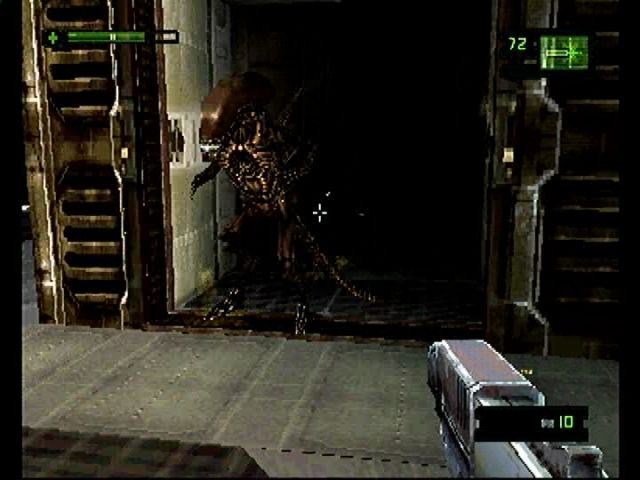
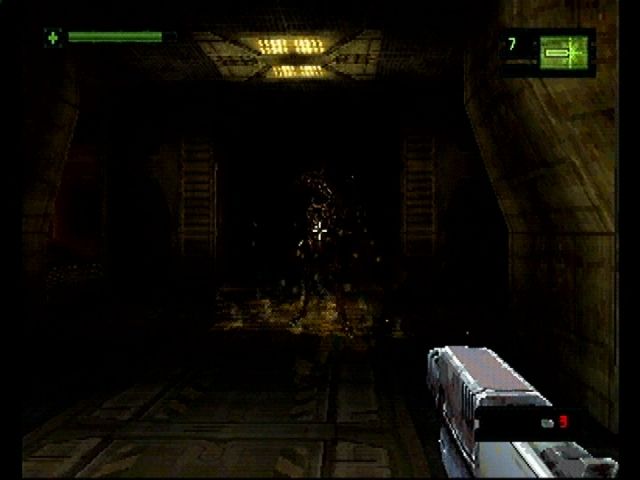



Reviews
There are no reviews yet.